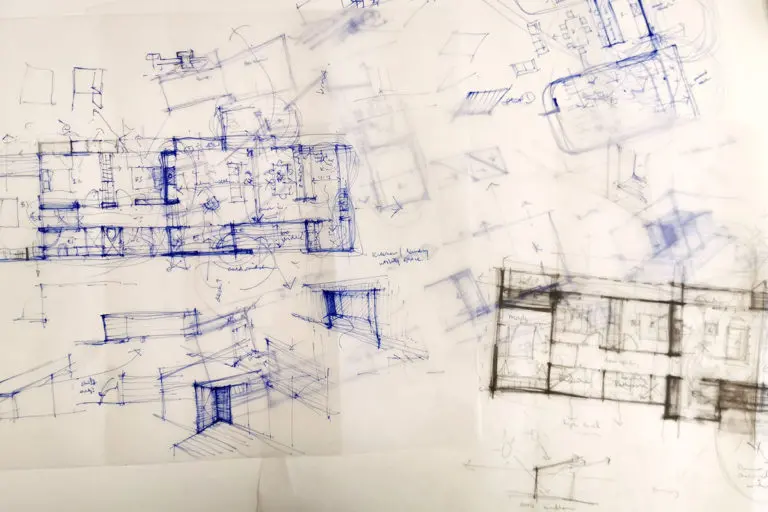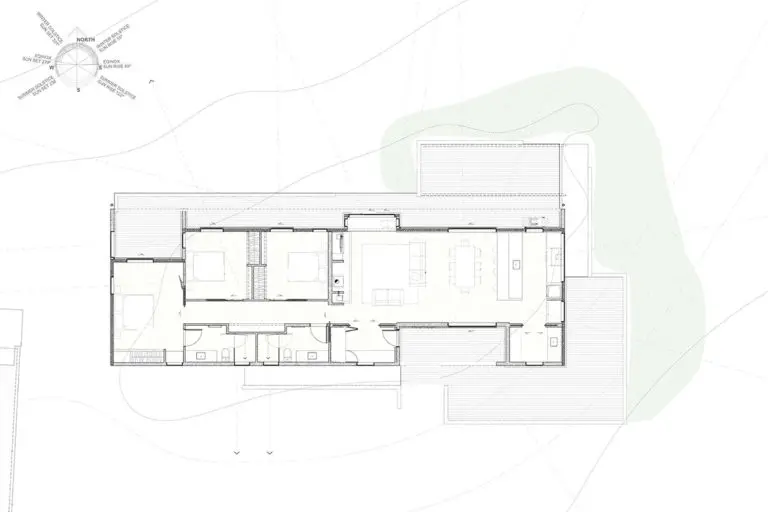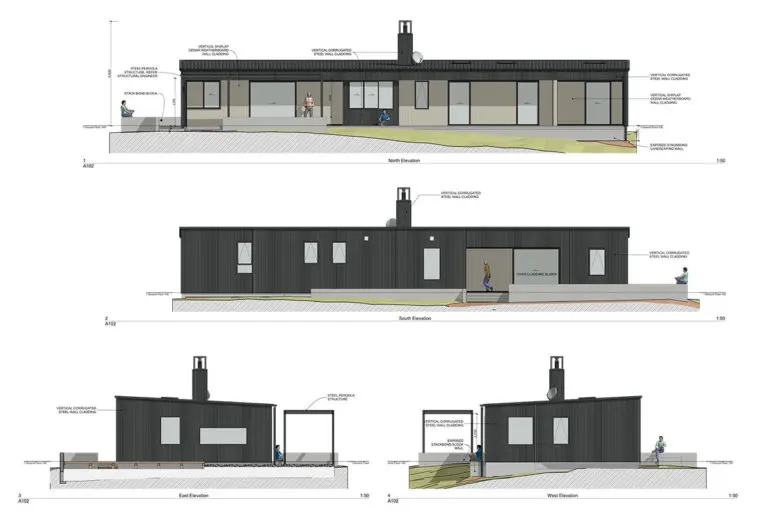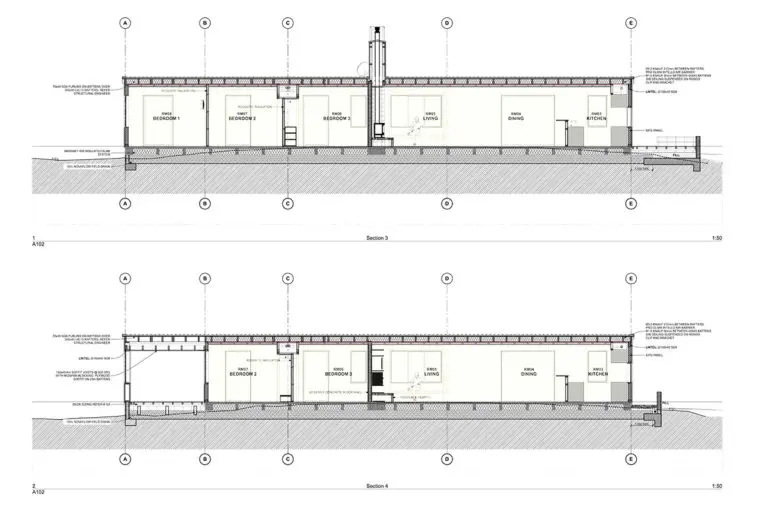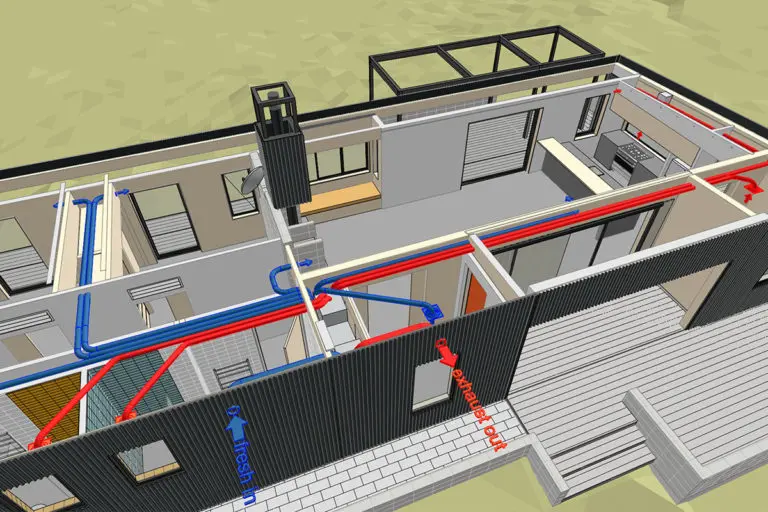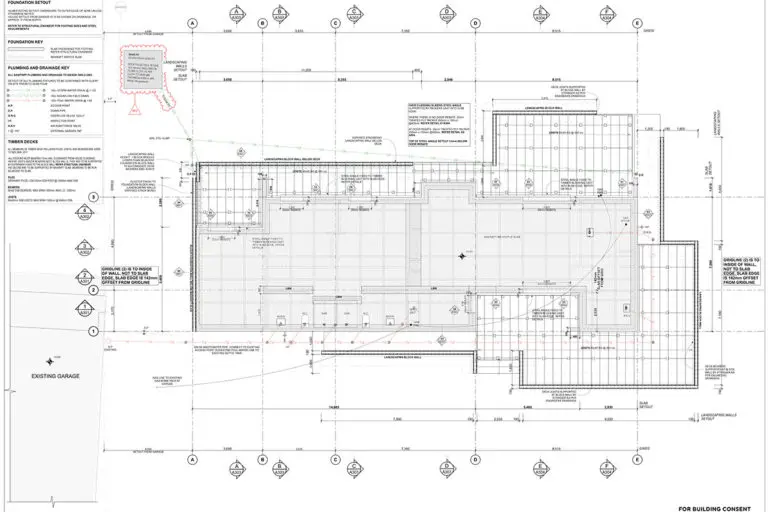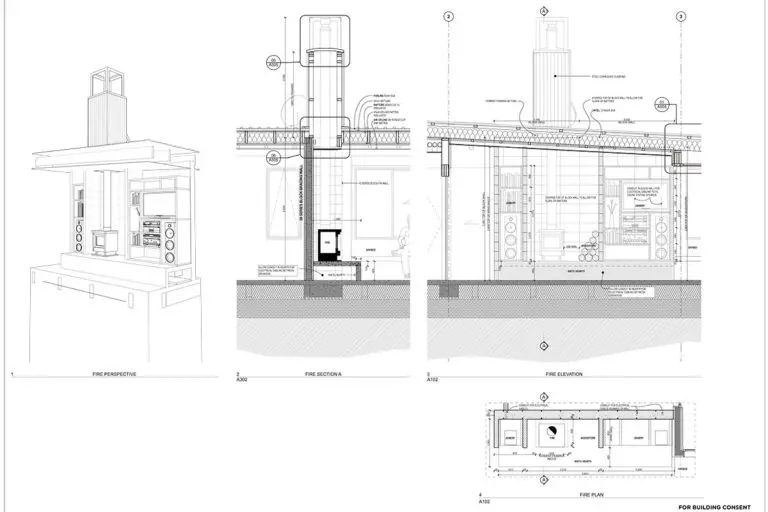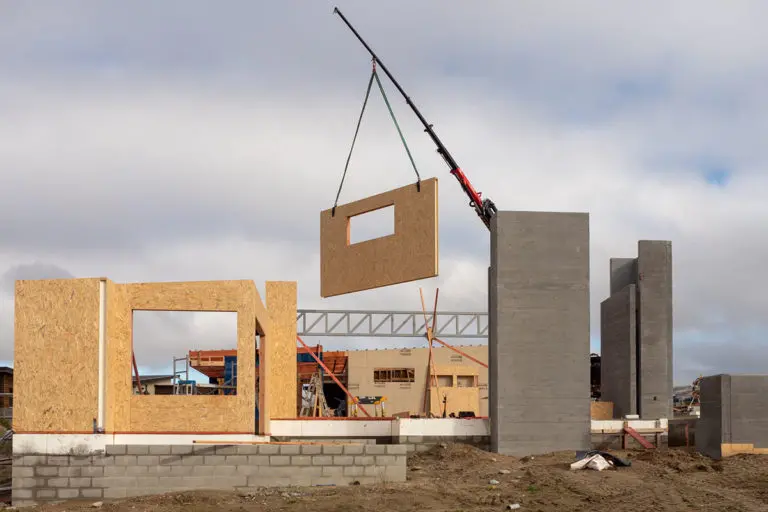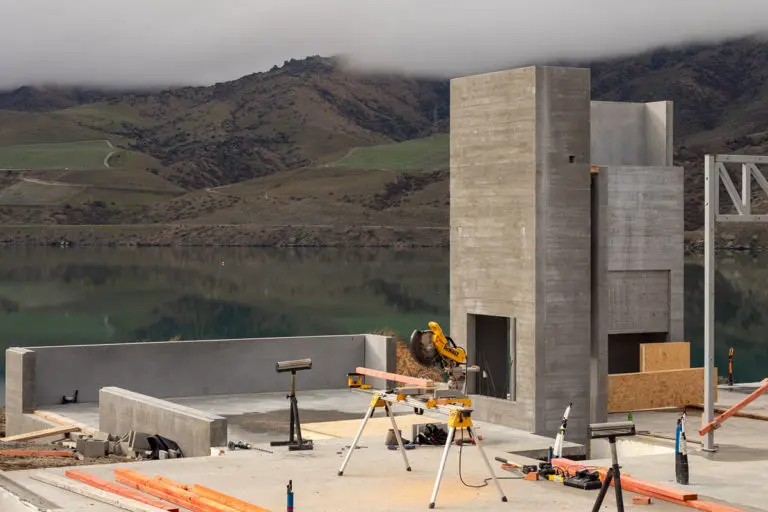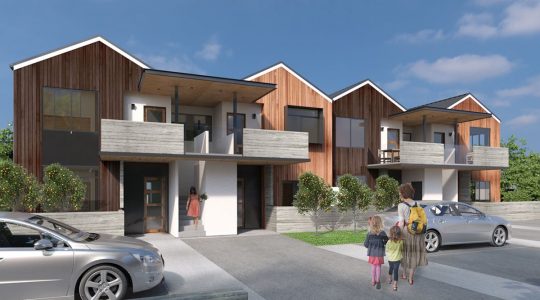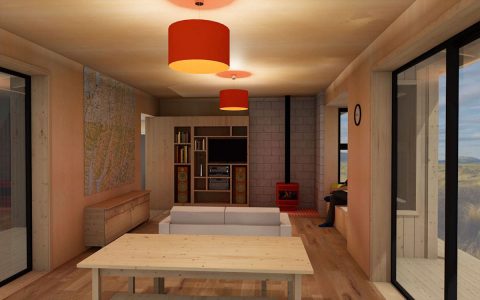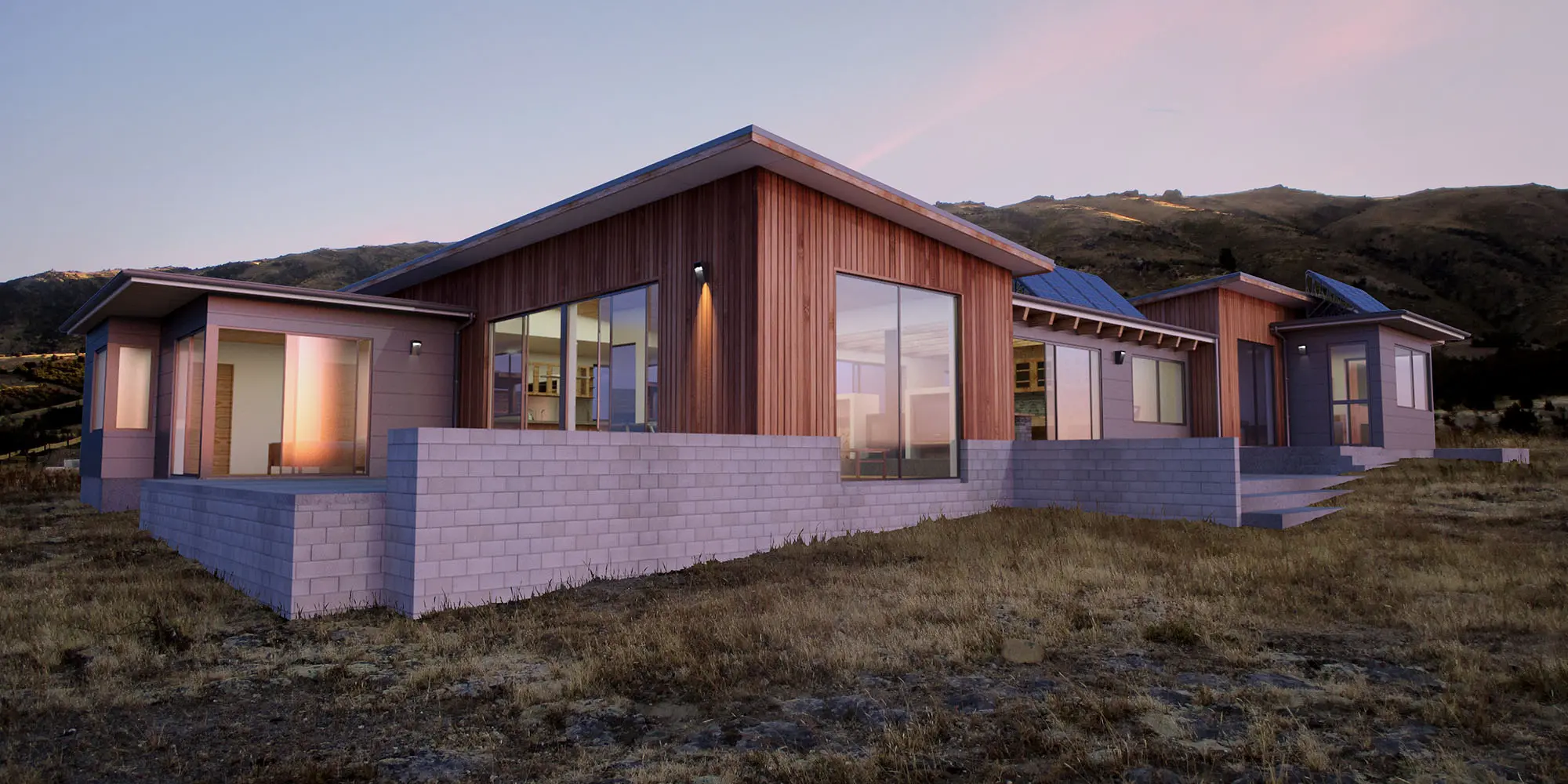Pre Design Phase
Architectural Design Phase
5. Detailed Design & Documentation
Construction Phase
Additional Architectural Services
Great communication is key to a successful project. As your architects, our role is to guide you through the entire process, from our initial chat about your needs and likes and the particulars of your site, through the decision-making process, and finally right through to the day you move in and beyond.
We work closely with you throughout the phases of the design process and work collaboratively with your builder and other specialist consultants to achieve an outstanding, sustainable home.
To demystify the architectural process, we have broken down the phases our service will follow. By working through these phases, we streamline the architectural process and ensure a robust progression from concept to completion, and a client experience that is exciting and rewarding.
Pre Design Phase
1. Project Establishment
This pre-design information gathering phase is important, as we help you define the goals and direction for your project from the outset.
We collate key information about your site and project needs to gain a full understanding of the design requirements, which enables subsequent phasees of the commission to be undertaken with direction and purpose.
The most important objective of this phase is to prepare a comprehensive architectural brief. This requires involvement from both architect and client. An architectural brief is a crucial document that sets out all the ambitions, requirements, expectations, style and aesthetic that you want to achieve in your new home.
This is a good time to discuss the key sustainability objectives for your project, for example if you are targeting a Homestar rating.


Architectural Design Phase
2. Concept Design
With all the information acquired from the previous phase, we can begin the architectural design process.
Firstly, we undertake detailed site analysis of your property. This analysis includes topographical and cadastral information, zoning setbacks and building envelope rules, sun studies, and determining important view shafts and climatic conditions.
After confirming the constraints and opportunities of your site we can then explore architectural solutions to your brief and budget.
Layout and massing options are investigated and the overall configuration and shape of your project is established by the end of this phase.
3. Preliminary Design
During this phase of the design process we refine your preferred concept and determine the character and style of your home. Sizes and relationships between spaces are developed, and the scaled elevations and plans are prepared.
The design intent and parameters of the project will be clearly defined and approved at the end of this phase, enabling some preliminary costing to check that the project is within budget.
Before progressing the preliminary design onto the next phase, we recommend that a Quantity Surveyor be engaged to provide a cost estimate that is broken down into the building elements, based on the Preliminary Design.
The drawings produced in this phase would also form part of your Resource Consent application (if required).
4. Developed Design
During the Developed Design phase, we progress the approved Preliminary Design, providing a set of documents that identifies and coordinates all of the major systems of the building. This includes appropriate materials and finishes; structural elements (roof structure, foundation systems etc.); energy efficient building services (ventilation and heating systems); cladding and roofing selections.
Depending upon the complexity of the design this may be in collaboration with other consultants such as structural or services engineers.
The design is ‘frozen’ at the end of this phase so that work can begin on the Detailed Design and Documentation.
5. Detailed Design & Documentation
During this phase of the design process we further refine the approved Developed Design to produce detailed drawings, schedules and specifications.
This is the most in-depth phase of the design process. We produce detailed documentation so that all suppliers, builders and tradespeople can understand how all the components of the build come together.
This documentation forms the basis for tendering and negotiation with a building contractor; and they are the documents that a builder will use to construct your new home.
These documents would also form the basis of a Homestar Design Rating assessment (if required).
The complete set of drawings, schedules and specifications also forms the basis of the Building Consent submission to your local district council.
Construction Process
6. Procurement
During this phase, we coordinate pricing the design and guide you through the process of selecting a builder.
We discuss suitable tendering or negotiation options and help align you with builders who have the appropriate skill set and availability. We also discuss what would be the appropriate construction contract between you and your builder.
We then prepare documents and call for and receive submissions for tender/pricing or negotiate with preferred contractors. Tenders are checked and confirmed and we help you decide on the best contractor for your build.
Next up, the contract documents are prepared for signing between yourselves and your selected contractor.
7. Site Observation
With a main contractor selected, your project now enters into the construction phase. The importance of a thorough and robust set of documents, produced in the previous phases, becomes evident here – it allows for a smooth and efficient construction process, avoiding unnecessary delays or cost overruns.
During this phase of work, we carry out site visits to monitor the construction and ensure it is in accordance with the construction documents, the performance criteria required for your project, and is of the desired high level of quality.
Construction is the most critical phase of your project, and we work collaboratively with your builder to ensure your project’s success. We help the builders with technical interpretation of the documents, provide clarification to site queries, and work closely with the builder to find the best resolutions to any unexpected site issues that may arise during construction.
As part of this phase, we can also undertake a Homestar Built Rating assessment.
8. Contract Administration
Our experience in the industry allows us to provide an administration service that takes the stress out of your build project. We undertake this service during the construction phase, alongside our Site Observation services.
Through the contract administrator role, we manage the construction contract between you and your builder. Our role includes many technical matters relating to your contract, such as assessing monthly progress payment claims; builders’ claims for variations and extension of time; issuing Practical Completion (snag lists) and Defects Liability certificates.
By the end of the construction phase, your completed home will be handed over to you and you can enjoy living in your beautiful new, warm and healthy home.
Additional Architectural Services
Resource Consent
A Resource Consent application may be required if your project doesn’t meet rules within the District Plan. These rules may be related to the bulk and location of your proposed project, or its appearance.
If Resource Consent is required, we can assist in the preparation of the application and subsequent communications with council.
Homestar Assessment
Homestar is a comprehensive, independent rating tool that measures the health, warmth and energy efficiency of New Zealand homes. It is run by the New Zealand Green Building Council (NZGBC).
Our practice is a member of the NZGBC and our Principal Beth Chaney is an accredited Homestar Practitioner and Homestar Assessor for the NZGBC Homestar rating scheme.
We can design and assess your home to a designated Homestar Rating, which can then be certified by NZGBC. As well as ensuring a warm and energy efficient home, discounted mortgage rates are available for a home that achieves Homestar 6 or over. A Homestar rating will
help with the re-sale of your home as people know they are buying a home of a high quality and thermal performance.
We are happy to discuss Homestar with you further, should you wish to undertake this additional service. For further information can also be found on our blog ‘Certifying Energy Efficient Homes’.
Rendering & Presentation Material
We can provide a number of visualisation services to add value to your design package. These can range from renderings for Resource Consent purposes, to presentation renderings for marketing.
Examples of the types of graphics we can produce include interior and exterior renderings, building ‘fly throughs’, sequencing animations, and construction detail 3D schematics.
Consultants We Work With
During your project, you will likely need to engage other specialist consultants. The specific consultants required will depend on the size and/or complexity of your project, but typically include the following:
Topographical Surveyor:
A surveyor is usually engaged during the Project Establishment phase to provide a survey of your site. The scope of the survey typically includes contour and level information, boundary and setback information, and the set-out and heights of any existing buildings or structures.
Often, this is crucial information to set the parameters of any concept design.
Quantity Surveyor (QS):
We recommend you engage a QS to estimate the build costs of a project, as they will have the best expertise and knowledge of specific construction rates for all elements of a project.
Usually a QS is engaged during the Preliminary Design Phase, however, they can be also be involved throughout the project to offer cost advice and reporting – this is especially important for more complex projects.
Structural Engineer:
A Structural Engineer is typically engaged early in the Developed Design stage to provide structural advice and come up with a rational and economic structural strategy.
The scope of their work often includes the detailed design and documentation of structural elements, as well as on-site observation.
Landscape Architect:
We coordinate with landscape architects to help integrate your home into its site and local context.
Indoor/ outdoor connection is at the forefront of our thinking, so we design hard landscaping as an extension to your living spaces, to provide areas of shelter, shade or sun.
We then collaborate with landscape architects to integrate these spaces with soft landscaping elements such as gardens and lawn


